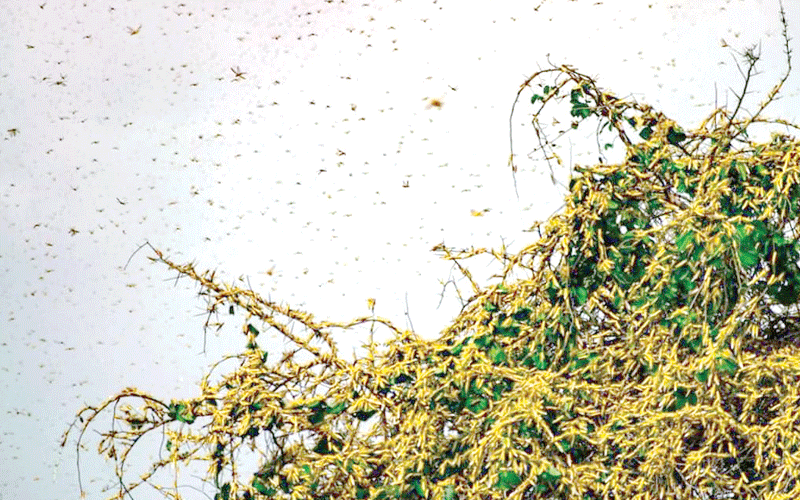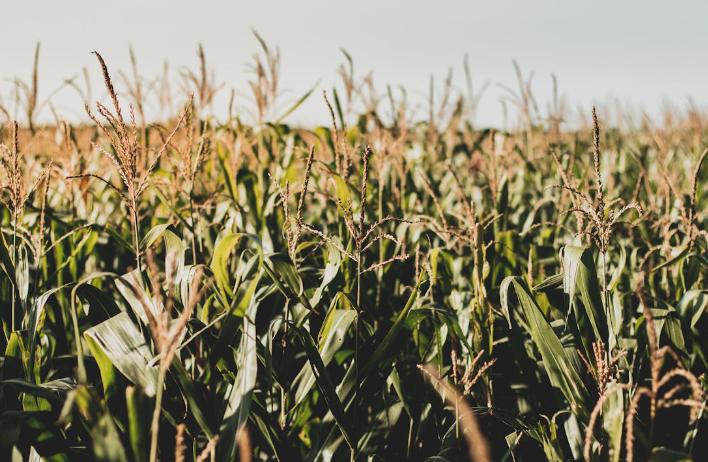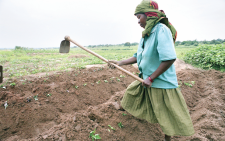Second wave of locusts threat to food security, says agency

The country has been hit by a second wave of desert locusts believed to be from the Middle East and Horn of Africa, the government confirmed yesterday.
Agriculture Principal Secretary Hamadi Boga yesterday clarified that migratory pests have been spotted in Tana River, Taita Taveta, Kilifi, Lamu and Garissa counties.
Locusts were first spotted on November 9, having been pushed by the strong winds down into the country from Somalia and Ethiopia. Invasion confirms last month’s warning issued by the Food and Agriculture Organisation of the United Nations.
FAO cautioned that the wave, if not addressed, would be a threat to food security and livelihoods as already in some regions farmers have planted.
“We have been monitoring the pest invasions in Yemen, Ethiopia, Sudan, Somalia and Djibouti, but on November 9, we started identifying some swarms being pushed by the winds into Kenya.
We realised that Central Somalia was heavily infested and due to security, there nobody was monitoring that part,” said Prof Boga.
Boga, who was speaking on the sidelines of the launch of automation of seed certification programme by Kenya Plant Health Inspectorate Service in Mombasa, explained that the new wave of the pests is likely to put more pressure to the country as already Government is fighting the mature swarms of locusts breeding in various counties.
Second generation
“The insurgence is just not going to be in Central and Northern counties but also all the way to the Coast now,” he said.
Boga noted that the government has now set a base in Witu in Lamu, and in Garissa and might put up another one in Taita Taveta and train extension personel and other frontline workers in those areas since they had not been trained.
“Currently we have surveillance teams going round, but I want to confirm that based on the lessons we had last time, we will manage the second invasion,” he assured.
He acknowledged that the second wave has been identified earlier than the first surge, which occurred on December 28, 2019 and spread to 28 counties before reducing to two at end of August.
Boga stated that the country is still grappling with mature locusts from the first wave, which are breeding signaling escalating the food security dangers. A plan is being pursued to tame them in the next weeks before they start flying.











